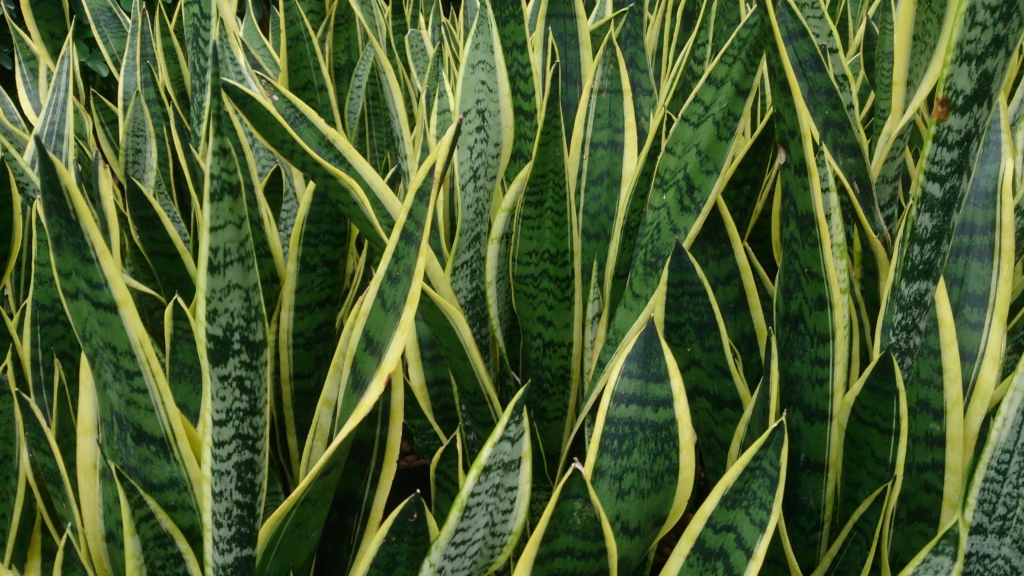Acoma Crape Myrtle:
Acoma Crape Myrtle (Lagerstroemia indica ‘Acoma’) is a stunning, deciduous shrub known for its prolific white blooms and attractive peeling bark. Its compact size and graceful arching branches make it a perfect addition to any garden. This comprehensive guide covers everything you need to know about growing and caring for Acoma Crape Myrtle.

Care
Proper care is essential to keep your Acoma Crape Myrtle healthy and thriving.
- Light: Acoma Crape Myrtle thrives in full sun. Ensure it receives at least 6-8 hours of direct sunlight daily.
- Watering: Water regularly, especially during the first growing season. Once established, it is drought-tolerant but benefits from deep watering during dry periods.
- Soil: Use well-draining soil. Acoma Crape Myrtle prefers slightly acidic to neutral soil pH.
- Temperature: Hardy in USDA zones 7-9. Protect from severe frost in colder climates.
- Fertilizing: Feed with a balanced fertilizer in spring to promote healthy growth and abundant blooms.
Types
There are various types of Crape Myrtles, and the Acoma variety is known for:
- Acoma Crape Myrtle (Lagerstroemia indica ‘Acoma’): compact, with arching branches and white flowers. Ideal for small gardens and landscapes.
Pruning
Pruning helps maintain the shape and health of your Acoma Crape Myrtle.
- Timing: Prune in late winter or early spring before new growth begins.
- Technique: Use clean, sharp tools to remove dead, damaged, or crossing branches. Thin out the center to improve air circulation.
- Size Control: Regular pruning helps control the size of the shrub and encourages more blooms.
Propagating
Acoma Crape Myrtle can be propagated through stem cuttings.
- Take a Cutting: Cut a healthy stem with at least two nodes in late spring or early summer.
- Prepare for Rooting: Remove the lower leaves and dip the cut end in rooting hormone.
- Plant the Cutting: Place the cutting in a pot with well-draining soil and water thoroughly.
- Care for the Cutting: Keep the cutting in a bright, indirect light location and maintain consistent moisture until roots develop.
Growing From Seeds
Growing Acoma Crape Myrtle from seeds requires patience.
- Sow Seeds: Sow seeds in a seed tray with well-draining soil and lightly cover them with soil.
- Water and Cover: Mist the soil and cover the tray with plastic wrap to retain moisture.
- Germination: Place in a warm, bright location and wait for seeds to germinate (can take several weeks).
- Transplanting: Once seedlings are large enough to handle, transplant them into individual pots.
Growing in Pots
Acoma Crape Myrtle can thrive in pots with proper care.
- Pot Selection: Use a large pot with good drainage holes.
- Soil: Use a well-draining potting mix, preferably one designed for shrubs.
- Watering: Water regularly, but allow the soil to dry out slightly between waterings.
- Repotting: Repot every 2-3 years to refresh the soil and provide more space for growth.
Overwintering
Protecting Acoma Crape Myrtle during winter is crucial in colder climates.
- Mulching: Apply a thick layer of mulch around the base to insulate the roots.
- Indoor Care: Move potted Acoma Crape Myrtle indoors to a cool, bright location.
- Reduce Watering: Water less frequently during the winter months, but do not let the soil dry out completely.
Harvesting Leaves
While Acoma Crape Myrtle leaves are not typically harvested, they can be used for decorative purposes:
- Timing: Harvest mature, healthy leaves.
- Method: Use clean scissors to snip leaves close to the stem.
Common Pests
Acoma Crape Myrtle is relatively pest-resistant but can be affected by:
- Aphids: small, sap-sucking insects. Treat with insecticidal soap or neem oil.
- Powdery Mildew: A fungal disease that causes white powdery spots on leaves. Ensure good air circulation and treat with fungicides if necessary.
- Scale Insects: Hard-shelled pests that attach to stems and leaves. Remove manually and treat with insecticidal soap.
Common Issues
Watch out for these common Acoma Crape Myrtle problems:
- Yellowing leaves: often caused by overwatering or poor drainage. Ensure soil drains well and adjust watering.
- Leaf Drop: Can result from sudden temperature changes or stress. Provide stable conditions and proper care.
- Root Rot: Caused by waterlogged soil. Ensure good drainage and avoid overwatering.
FAQ
- How often should I water my Acoma Crape Myrtle?
- Water regularly, especially during the first growing season. Once established, water deeply during dry periods.
- Can Acoma Crape Myrtle tolerate shade?
- Acoma Crape Myrtle prefers full sun but can tolerate light shade. However, blooming may be reduced in shaded areas.
- Do Acoma Crape Myrtles need fertilizer?
- Yes, fertilize in spring with a balanced fertilizer to promote healthy growth and abundant blooms.
- How do I propagate Acoma Crape Myrtle?
- Take stem cuttings in late spring or early summer, and root them in well-draining soil.
- Why are the leaves on my Acoma Crape Myrtle turning yellow?
- Yellowing leaves can result from overwatering, poor drainage, or nutritional deficiencies. Adjust care accordingly.
Growing and caring for Acoma Crape Myrtle can be a rewarding experience, providing beautiful blooms and vibrant foliage for your garden. With the right care and attention, your Acoma Crape Myrtle will thrive and become a stunning addition to your landscape.


